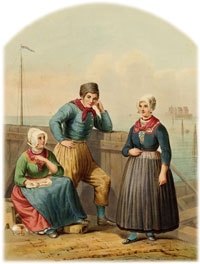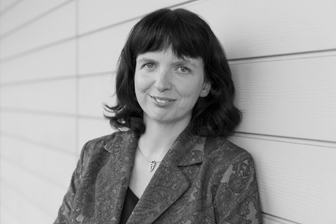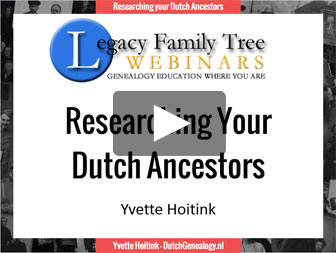 Flevoland is the youngest province of the Netherlands and consists almost entirely of land reclaimed from the sea. It borders on Friesland and Overijssel in the east, Gelderland and Utrecht in the south, Noord-Holland and the IJsselmeer in the west and the IJsselmeer in the north.
Flevoland is the youngest province of the Netherlands and consists almost entirely of land reclaimed from the sea. It borders on Friesland and Overijssel in the east, Gelderland and Utrecht in the south, Noord-Holland and the IJsselmeer in the west and the IJsselmeer in the north.
The capital city of Flevoland is Lelystad. Other larger towns are:
- Almere
- Dronten
- Emmeloord
History
Except for a few former islands, the province of Flevoland consists of land reclaimed from the sea. In 1932 the Zuiderzee (Southern sea) was closed of from the North Sea by a dike. This turned the sea into a lake, the IJsselmeer.
The population of the Netherlands was growing rapidly, and new land was needed. In the 1940, the Noord-Oost Polder was the first part of the IJsselmeer to be turned into usable land. In 1957 and 1968, two more large areas were reclaimed. Flevoland became a seperate province in 1986.
Two former islands, Urk and Schokland, are now on dry land. To this day, people say they live ‘at’ Urk and not ‘in’ Urk.
Genealogy in Flevoland
Because most of the province is so new, there aren’t many genealogical sources for Flevoland that are public yet. The genealogical records for Urk and Schokland are kept by the New Land Heritage Center. The civil registration and the church records of these towns can be found in WieWasWie.
Emigration from Flevoland
Flevoland doesn’t have a long history, so it doesn’t have a long history of emigration either. When the dike turned the sea into a lake, many fishermen around the new IJsselmeer lost their jobs. Many of them left the region to find a new life. Quite a few went to Twente and the neighboring German area where there was plenty of work to be found in the textiles factories.

